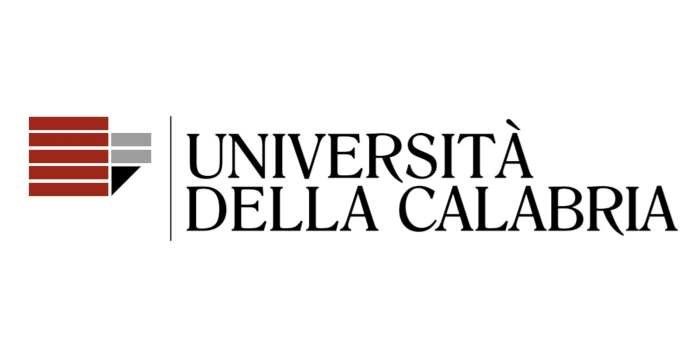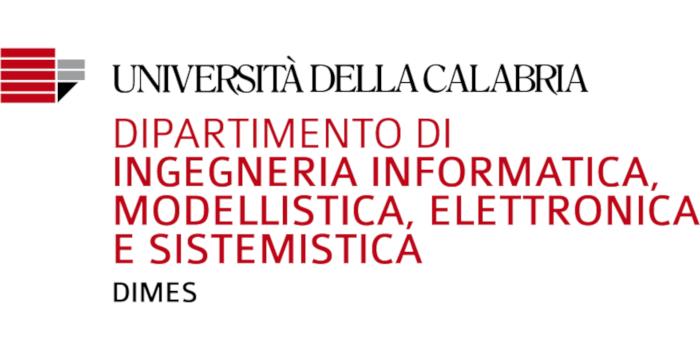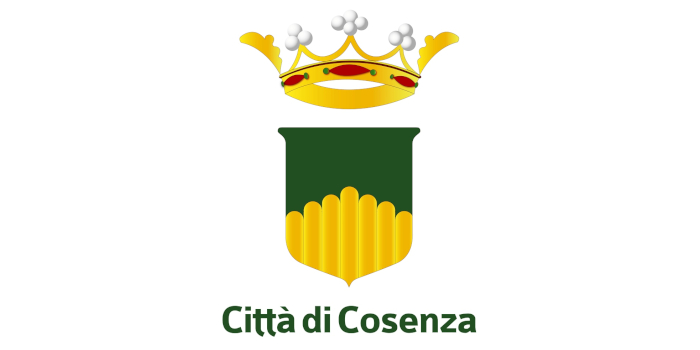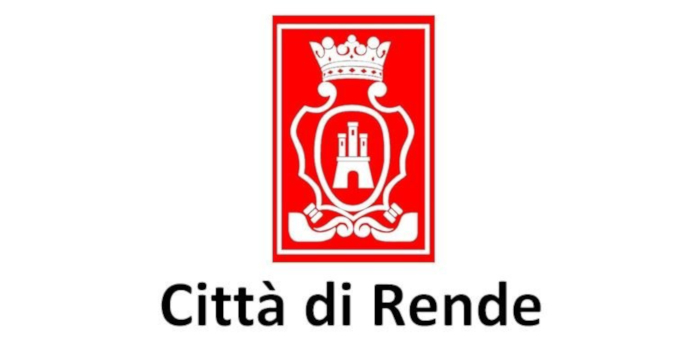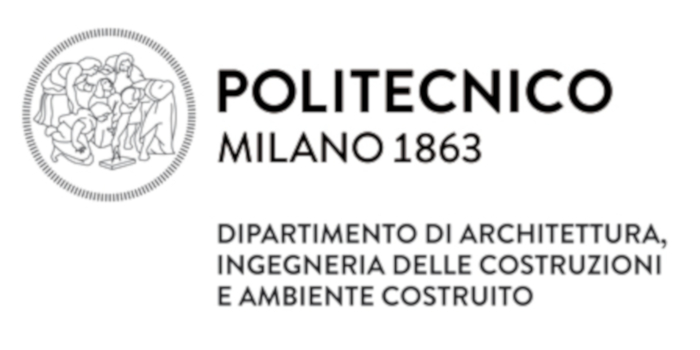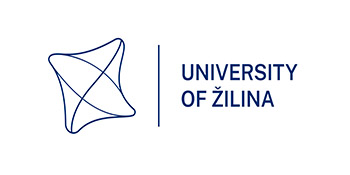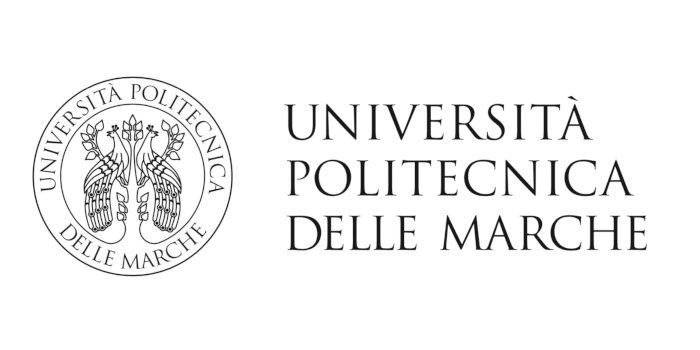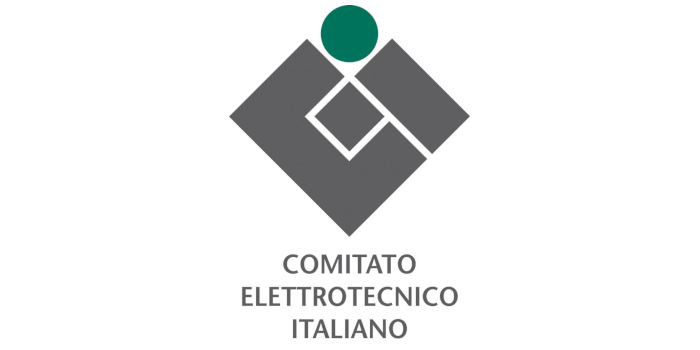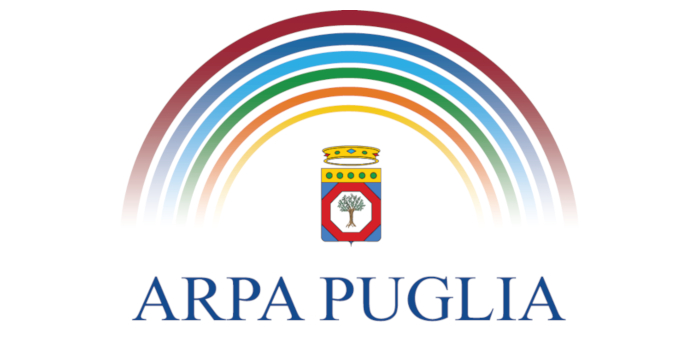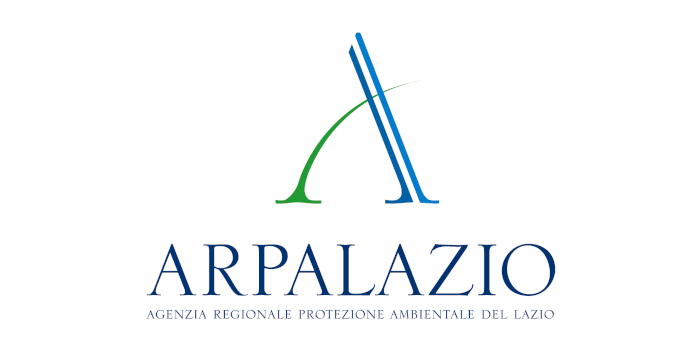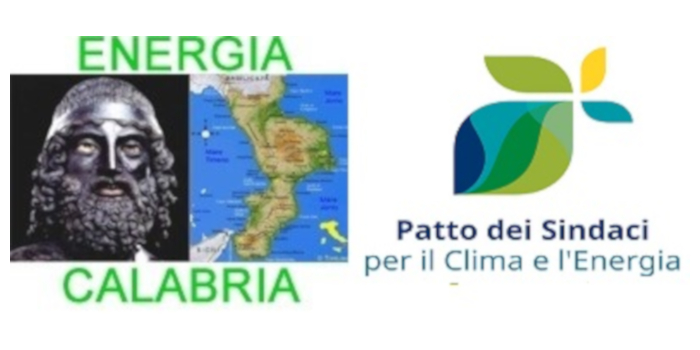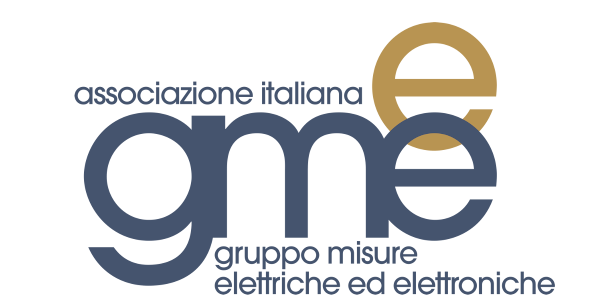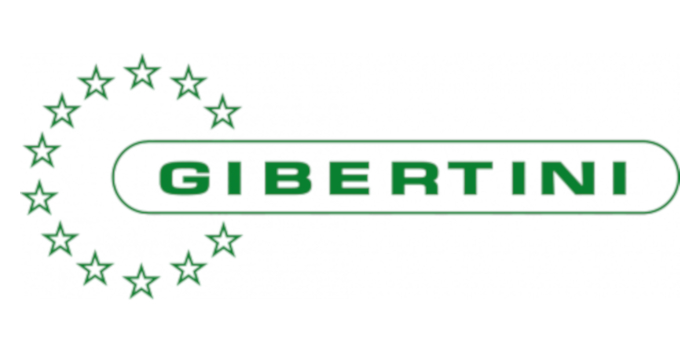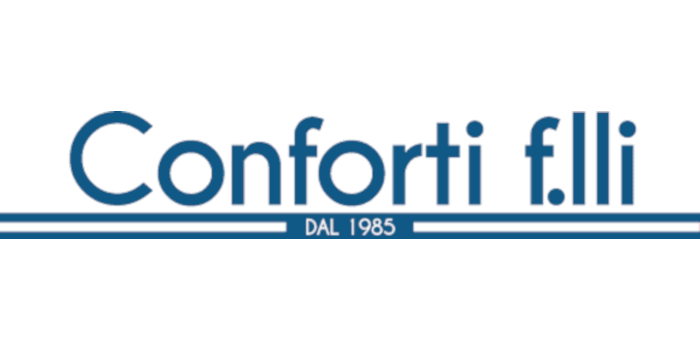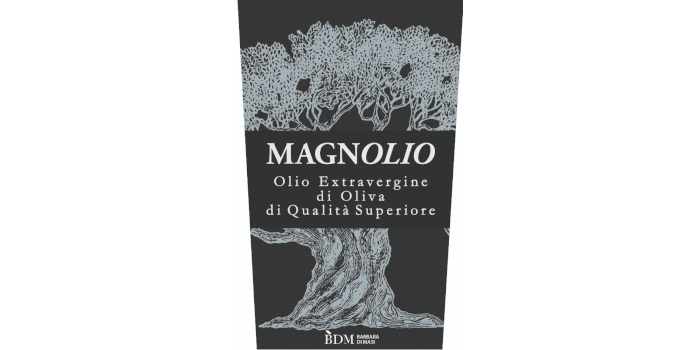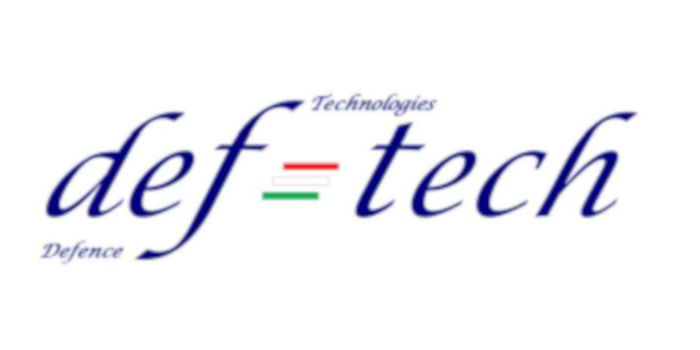Human Exposure to Electromagnetic Fields in Smart Cities
ORGANIZED BY
Nicola Pasquino
University of Naples Federico II, Naples, Italy
Daniele Franci
ARPA Lazio, Rome, Italy
Tommaso Aureli
ARPA Lazio, Rome, Italy
Settimio Pavoncello
ARPA Lazio, Rome, Italy
ABSTRACT
The role of digital telecommunication technologies has dramatically evolved over the last few decades, becoming increasingly pervasive in everyone’s life. Modern cities can be depicted as a tangled and dense network of thousands of digital connections active at the same time. In addition, the incoming 5G technology is expected to boost the development and implementation of Internet-of-Things (IoT) services, resulting in an exponential proliferation of smart sensors connected to the network through a cable but mostly wirelessly.
According to this scenario, people are constantly exposed to the electromagnetic fields generated by radiofrequency sources used for telecommunication purposes. For this reason, there is a consensus amongst the worldwide scientific community to consider the assessment of human exposure to electromagnetic fields as a topic of great relevance.
This Special Session is intended to act as an invaluable opportunity for the scientific community to share the knowledge about human exposure in both indoor and outdoor environments.
TOPICS
The scope of the Session spans the entire spectrum of electromagnetic exposure assessment. Topics include, but are not limited to:
- Measurement and assessment procedures and methodologies;
- Methodologies to limit exposure of the population;
- Results of on-field measurement activities;
- Instrument calibration;
- 4G and 5G coverage in urban environments;
- Measurements of mobile network parameters and protocols for network characterization and optimization;
- Extrapolation techniques for mobile telecommunication systems;
- National and international regulation and technical standards;
- Literature review.
ABOUT THE ORGANIZERS
Nicola Pasquino (AM’99–M’02–SM’13) was born in Naples, Italy in 1973. He received his M.Sc. (magna cum laude) in Electronics Engineering in 1998 and his Ph.D. in Information Engineering in 2002, both from the Università degli Studi di Napoli Federico II, Naples, Italy.
He is a Professor of Electrical and Electronic Measurements at the Department of Electrical Engineering and Information Technologies at Università degli Studi di Napoli Federico II. His research interests are in the field of electromagnetic compatibility measurements and measurements of human exposure to high-frequency electromagnetic fields, with application of machine learning methodologies to measurement data analysis. He is the Chief Scientist at the Electromagnetic Compatibility Laboratory of his Department and President of the TC106 “Human exposure to electromagnetic fields” of the Italian Electrotechnical Committee. He serves as an Editor for the Journal of Electrical and Computer Engineering, as a Section Editor for the Acta IMEKO journal, and is a member of the Editorial Board for the Measurement Science Review journal.
In 2000/01 Prof. Pasquino was a Fulbright Scholar at the University of Pennsylvania, Philadelphia PA, USA. He’s been a member of Rotary since 2005 and has been President of Rotary Club Napoli Angioino (D2101, Italy) in 2019-2020.
Daniele Franci received the M.Sc. degree (magna cum laude) and the Ph.D. degree in nuclear and subnuclear physics from Sapienza University, Rome, Italy, in 2007 and 2011 respectively. From 2009 to 2011, he was an Analyst Technologist with the Nucleco SPA involved in the radiological characterization of radioactive wastes from the decommissioning of former Italian nuclear power plants. He joined ARPA Lazio in2011, being involved in RF-EMF human exposure assessment. Since 2017 he has been involved in the activities of CEI for the definition of technical procedures for EMF measurement from 4G/5G MIMO sources.
Tommaso Aureli received the M.Sc. degree in biological science in 1985 from Sapienza University, Rome, Italy in 1985. He joined ARPA Lazio in 2002. From 2004 to 2018, he was director of the EMF division, being involved in both measurement and previsional evaluation of EMF from civil sources. He is currently director of the Department of Rome.
Settimio Pavoncello was born in Rome, Italy in 1973. He received the M.Sc. degree in telecommunication engineering from Sapienza University of Rome, Italy, in 2001. Since 2002, he has been working for the Regional Environmental Agency of Lazio in Rome, EMF Department. Heis specialized in electromagnetic field measurements and EMF projects evaluation related to radio, TV, and mobile communications systems maturing huge experience in the use of broadband and selective instruments. In the last years, he has deepened the issues related to measurements on LTE and NB-IoT signals. Since 2018 he has been actively involved in the Working Group “Mobile Base Stations” within the Technical Committee 106 of the Italian Electrotechnical Committee (CEI) aimed at defining measurement procedures for mobile communication signals and is currently engaged in various projects concerning measurement on 5G signals.


